TREMP, CATALONIA — Ramón, the man I befriend over a glass of locally made vino blanco the night before, orders me to follow him across a freshly ploughed farmer’s field to get to a treasure he claims is 50 million years old.
“It’s just over here, but hurry, if the farmer catches us in his field he won’t be happy,” says Ramón.
A few minutes later, we reach a slab of smooth rock at the bottom of a small gorge and Ramón exclaims: “That’s it — that’s the dinosaur footprint I was telling you about last night.”
My jaw drops in disbelieve. There in the rock, sitting unprotected, is the fossilized footprint of a three-toed dinosaur — believed to be a theropod — that looks like it was made yesterday.
“Here’s more,” says Ramón, pointing to some other faded footprints nearby.
“Geologists have told me the dinosaurs lived in this area 40 to 50 million years ago and we have lots of evidence to support that — we found fossilized dinosaur eggs in another field about 10 years ago but one night a crazy man took a hammer and broke them all.”

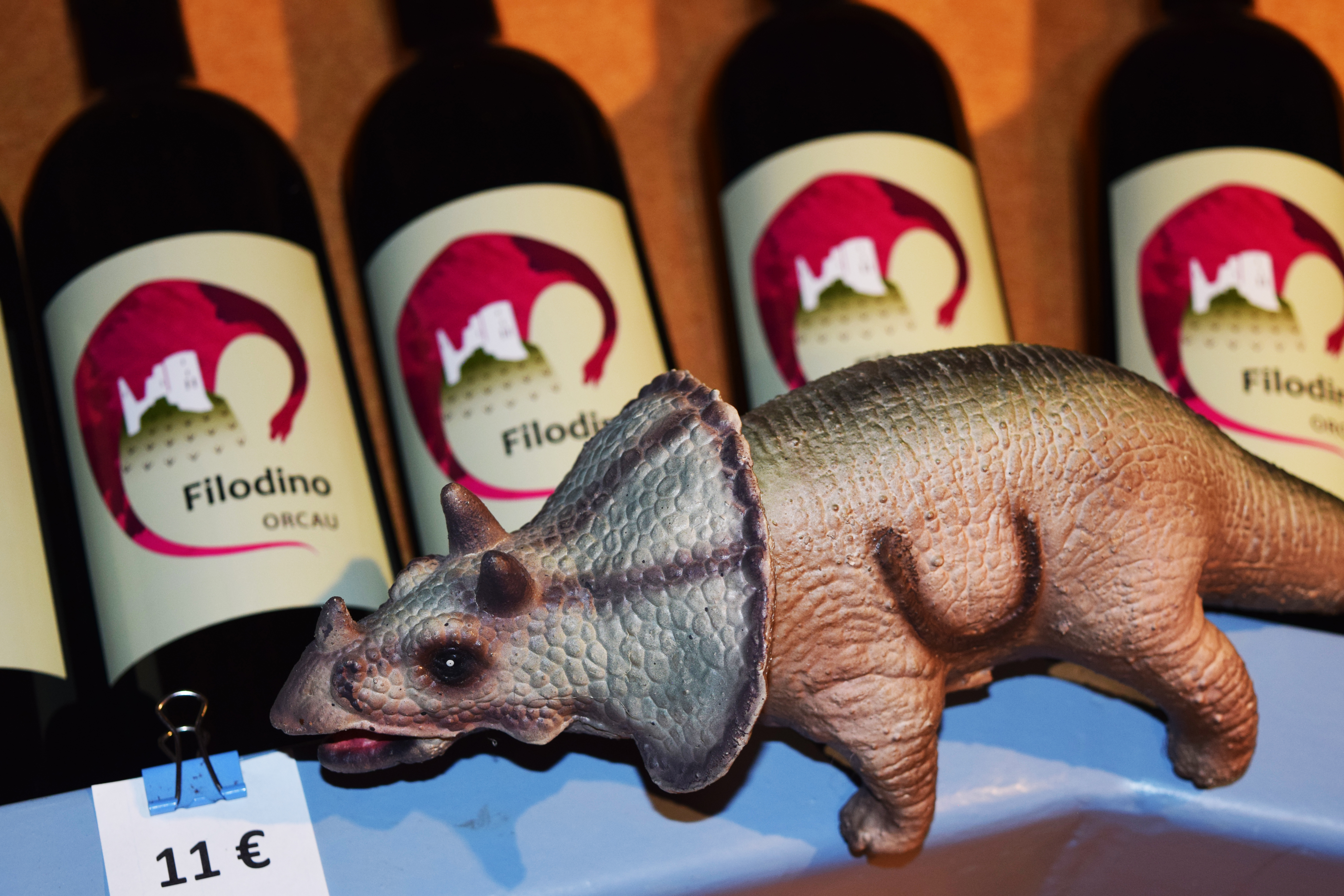
Left: Writer Marc Atchison examines 50-million-year-old dinosaur footprint. Right: A local wine is names after the region's dinosaurs.
I wonder why these precious prehistoric treasures are not removed and placed in a museum for safekeeping and Ramón sheepishly replies: “This area of Catalonia is very poor and we just don’t have the money to remove them.”
The wall surrounding the gorge looks like a giant multi-layered cake with grey, pink and brown layers sandwiched together — the fingerprints of history.
Geologists say this Pyrenees Mountains valley, with its semi-arid climate, would have been the perfect breeding ground for the fierce theropod, the largest terrestrial carnivore ever to have walked the Earth.
When I tell Ramón that Canada’s only NBA team — the Toronto Raptors — uses a cartoon version of the theropod as its logo, he smiles and says: “Then more Canadians must come to Tremp to see the real footprint.”
Actually, this area of Catalonia, wedged between France to the north and the pointed Pyrenees to the south, has lots to offer.
Just outside Tremp, for example, there’s a volcano (Garrotxa), Jewish bathhouses from the Middle Ages (Besalú), Catalonia’s only national park (Parc Nacional d’Aigüestortes i Estany de Sant Mauric), the Mont-rebei gorge, and lots of sand-coloured villages (some abandoned) that sit perched like crowns atop flat-top mountains.
“You won’t be in the area long so let me show you a few of my favourite places,” says the hospitable Ramón.
The first place Ramón takes me to is a small village a few kilometres outside Tremp called Orcau. Tremp’s remarkable tourist office is almost museum-like and highlights what you can do in this stunningly beautiful region of Catalonia known as Pallars Jussá.
As we get closer to Orcau, Ramón points to some castle ruins that hang on a ledge overlooking the town and tells me they date back to the Romanesque period of his country.
A few minutes later, we enter tiny Orcau, where the homes jut out into the middle of the road. Only nine families live in the town that was established in 1010. While many of the villages in this valley suffered damage during the Spanish Civil War, Orcau was spared.
Ramón blows the horn and the sound reverberates off the honeycomb-coloured homes.
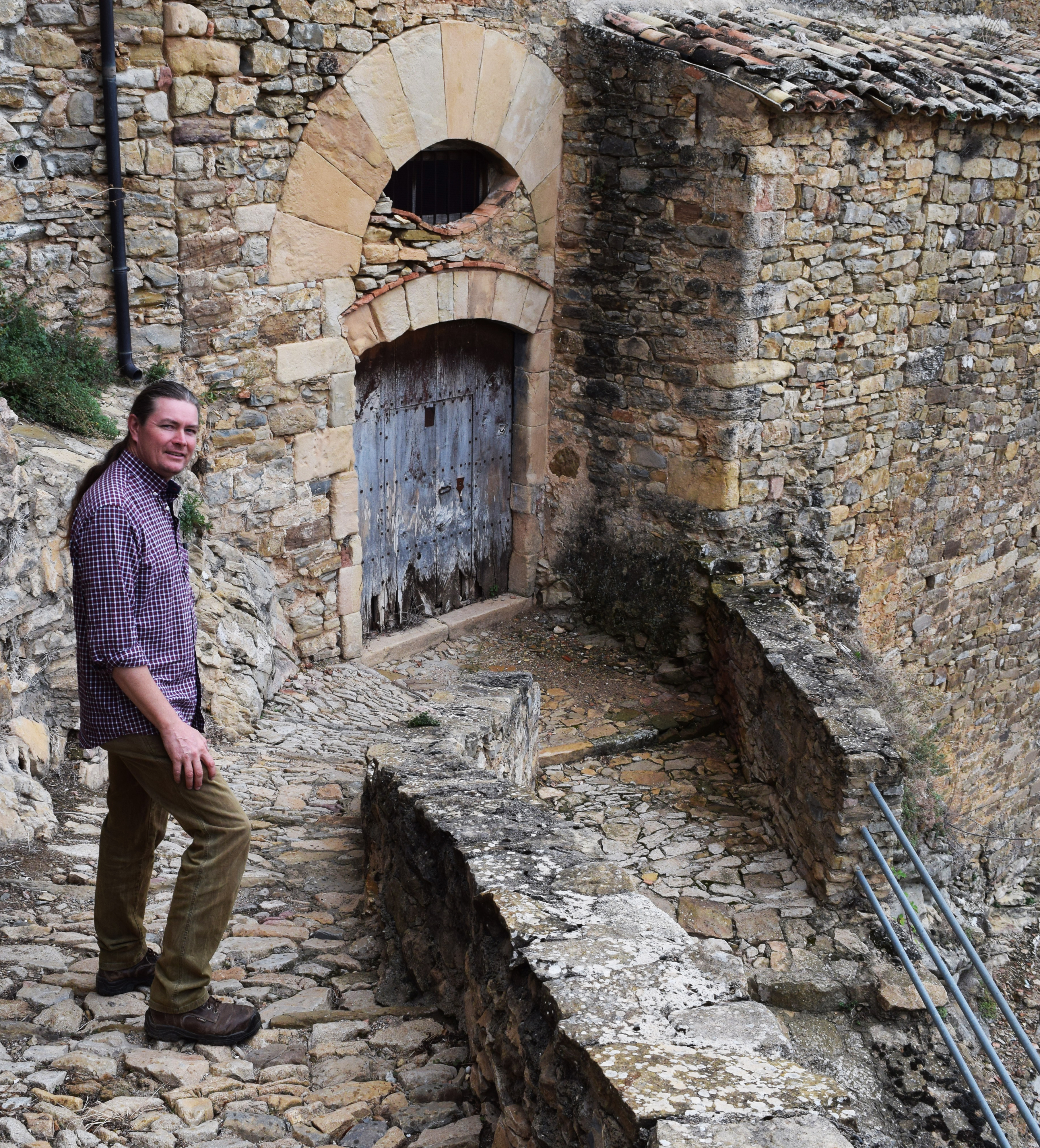
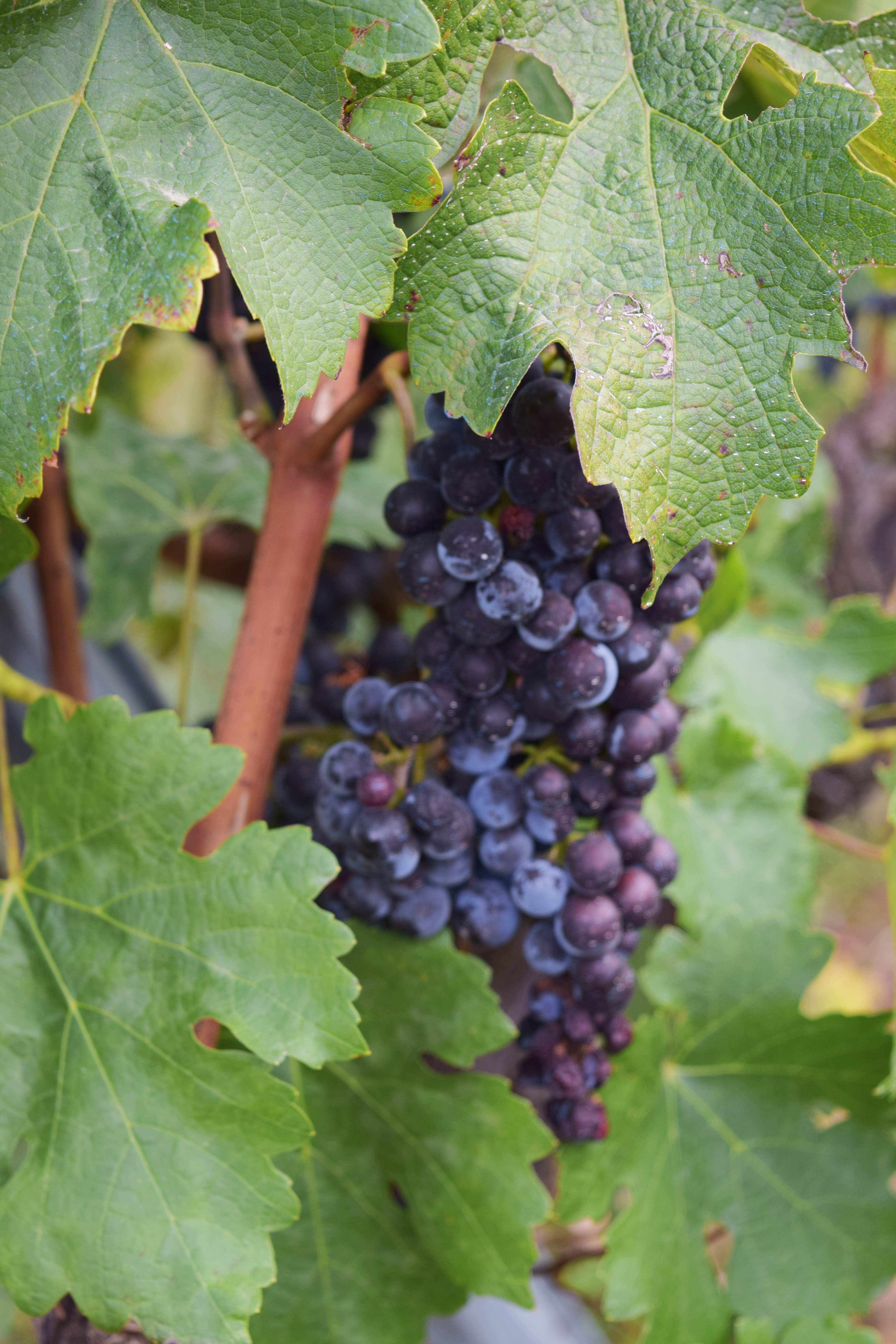
Above: Dutchman Jeroen Nagtegaal is trying to revive Tremp's wine industry that dates back to Roman times.
A tall man with his hair tied in a ponytail appears and the two men share a friendly embrace.
“I want to introduce you to Jeroen, our famous winemaker,” smiles Ramón.
Ramón’s description makes the man blush and in a heavy Dutch accent, Jeroen Nagtegaal shyly responds: “We (Celler Sauvella) are just a small boutique winery with some very young vines. We are trying to revive the area’s wine industry.”
The parched land makes growing grapes here a challenge but the climate is perfect — hot during the day and cool at night. Because the Romans set up a garrison and village in this valley around 350AD, historians presume they would have also established vineyards to keep the troops happy. Nagtegaal, a geologist by trade, tells me his mother and father (his dad’s also a geologist) have been coming to this area for many years and they finally bought a house in the village about 10 years ago.
“I came here with my father on geological field trips and have always loved Orcau,” he tells me.
While working in an office for a few years in Amsterdam after university, Nagtegaal decided he wanted to change careers and took a two-year course on how to become a vintner.
“I decided this would be a great place to set up the winery and things are going well — although we lost one field this year when a late April (2017) frost hit the valley,” he tells me.
Celler Sauvella produces mostly organic reds, which Nagtegaal describes as “natural — the way wine is intended to be.”
His geological degree comes in handy as a vintner — “we did soil samples and the carbonates we found here gives the grapes more flavour.”
The winery yields between 8,000 and 9,000 bottles a year, mostly blends, and he patiently ages his wines in French and American oak barrels. Because they are natural, they tend to produce more sediment in the bottle and decanting them is a slow process.
“The 2009 are now ready to go to market,” says Nagtegaal.
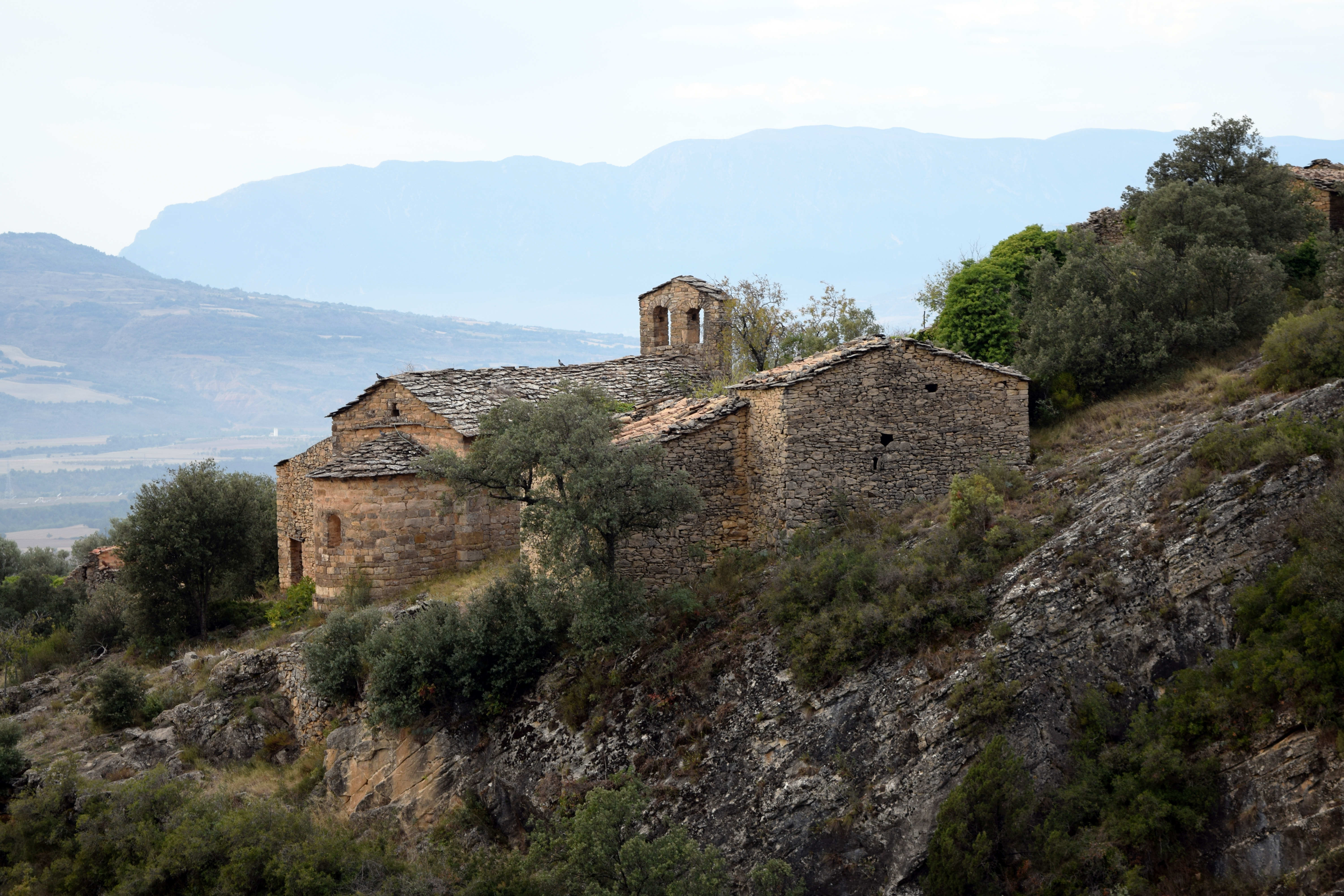
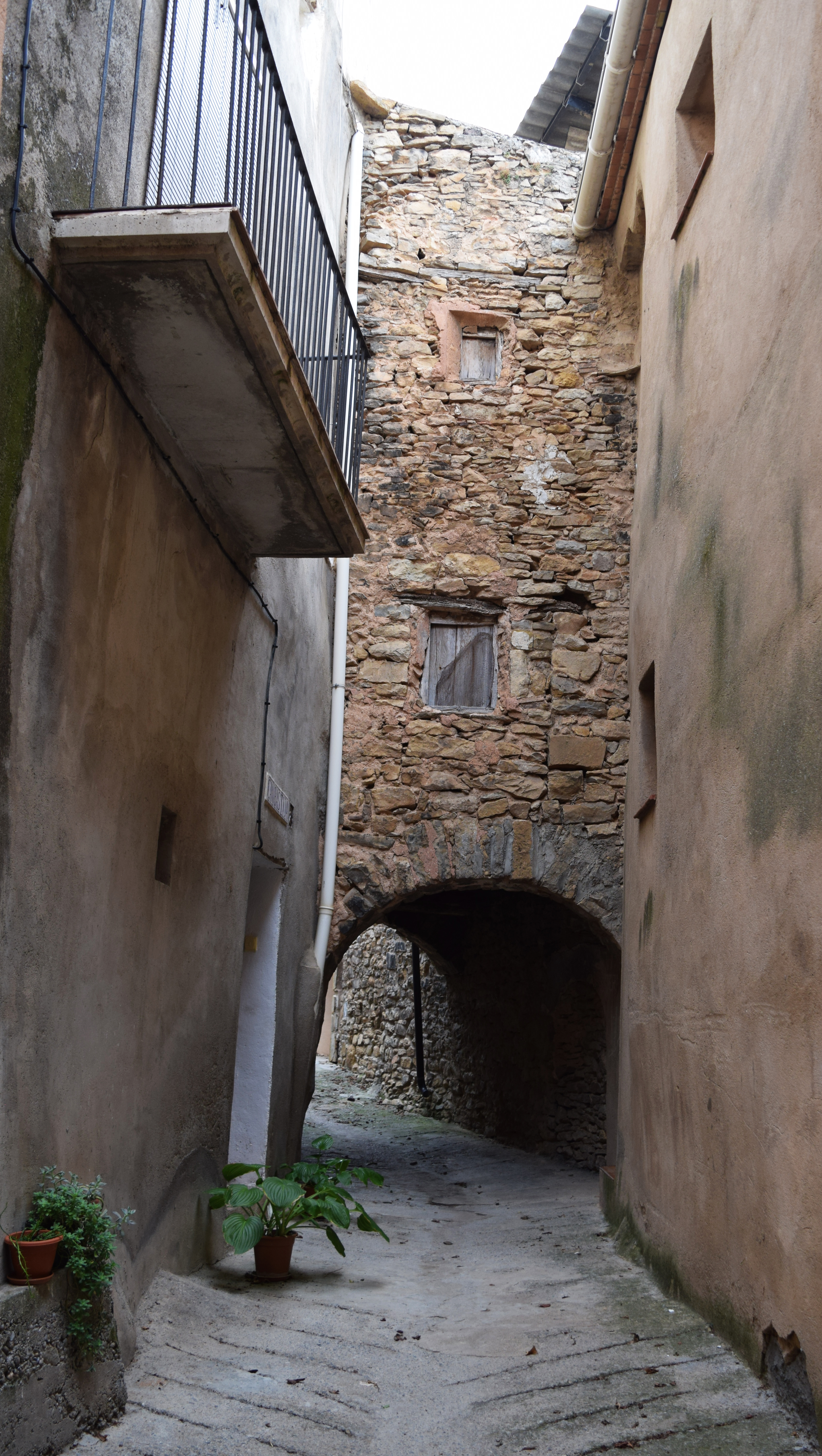
Above: Tremp's sprawling valley is filled with ancient towns that were abandoned many years ago.
The grapes that grow best in this region are the Sumoll black grape — native to Catalonia — and an Italian variety called Brocade. Nagtegaal, who helps harvest the grapes — “because quality control starts in the picking process” — hands me a glass of his Cabernet Sauvignon and the taste is smooth, yet complex, with lots of fruity flavours.
Because he is trying to revive the valley’s ancient wine industry, Nagtegaal decided a stylized Phoenix would decorate his labels but one bottle features a dinosaur.
“That wine is dedicated to my father and geology,” says Nagtegaal.
Next, Ramón is anxious to show me Castell d’en Mur, a Romanesque-style castle and church that requires another hair-raising ride up a steep mountain to reach. The breathtaking view from the 11th-century ruins is well worth the dizzying ride, however.
Most of the castle crumbled in on itself years ago but a recently added observation deck helps give visitors a glimpse of what life must have been like here in medieval times.
Both the castle and church were built from the same slab of rock that early settlers found at the top of the mountain, and while the castle was built for defensive purposes (a Moorish army was stationed on the southern side of the Pyrenees) it was never attacked.
The church, which was manned by Benedictine monks during the castle’s heyday, is in much better shape, but the priceless works of art that once adorned the asps and walls are no longer there.
“The church needed a new roof so the priest sold the paintings to a local art dealer in 1919 for the equivalent of 40 euros in today’s money.
In turn, the collector sold them to the Boston Museum of Fine Arts where they reside today,” says Ramón in a sad voice.
The castle complex was abandoned in the 15th century but there are efforts underway to try and restore at least part of it.
As day turns to night, the sky over the Pallars Jussá is dotted with a countless number of stars and because the air is so clear here and the sky hangs so low, I feel like I can touch the handle of the Big Dipper.
This area of Catalonia really leaves you starstruck. •
Information
Air Canada (Rouge) offers direct flights from Toronto to Barcelona. / Tremp is about 185 kilometres from Barcelona — a 2.5 hour drive. / For more information on Tremp or Catalonia, go to the Spanish Tourism Board’s Canadian website: http://www.spain.info/en_CA/
About the Author
Marc Atchison is a veteran journalist and a seasoned traveller with more than 20 years of travel writing experience. As the former Travel Editor of the Toronto Star, Canada's largest newspaper, and now Editor-in-Chief and Senior Writer for TraveLife magazine (Canada) and travelife.ca, Marc has been to over 100 countries in the world. Japan is one of his favorite destinations and he's been there on numerous occasions.